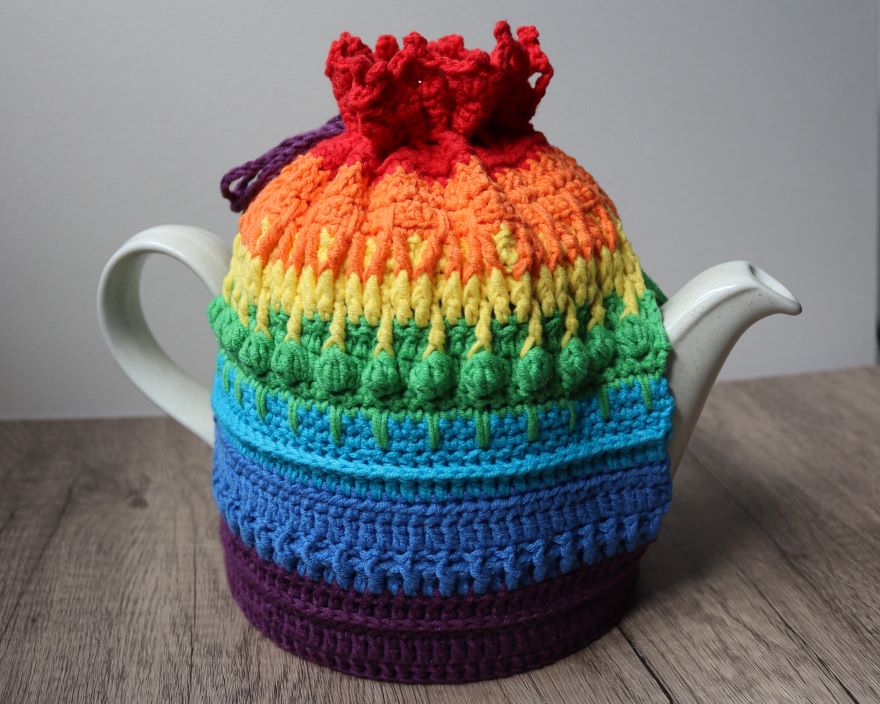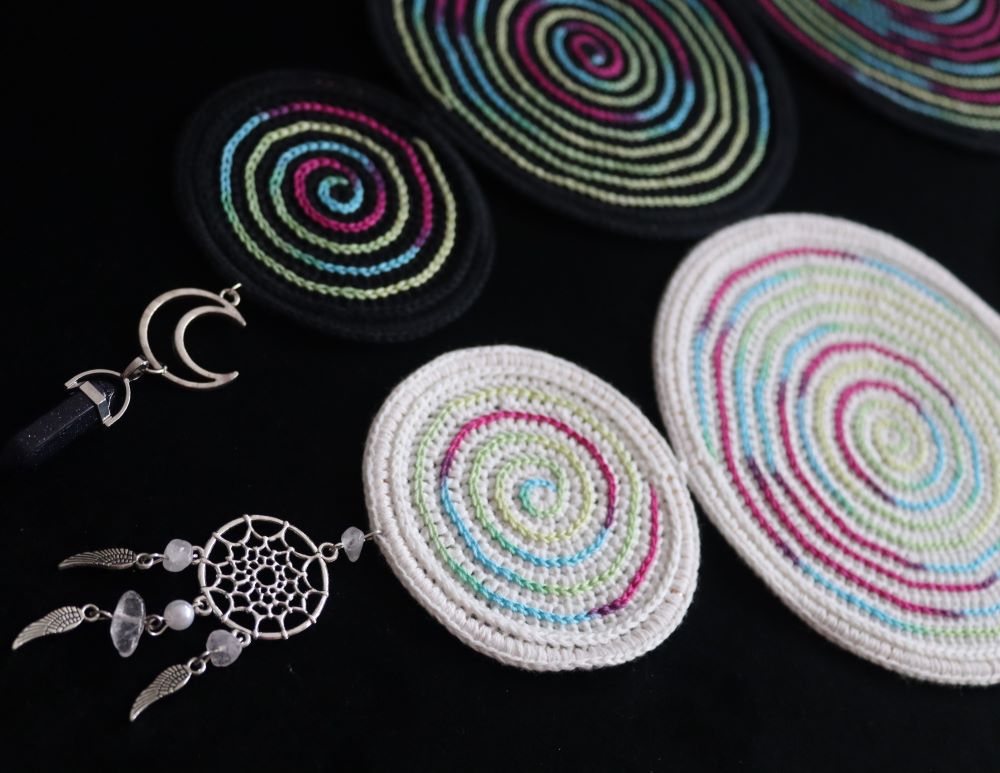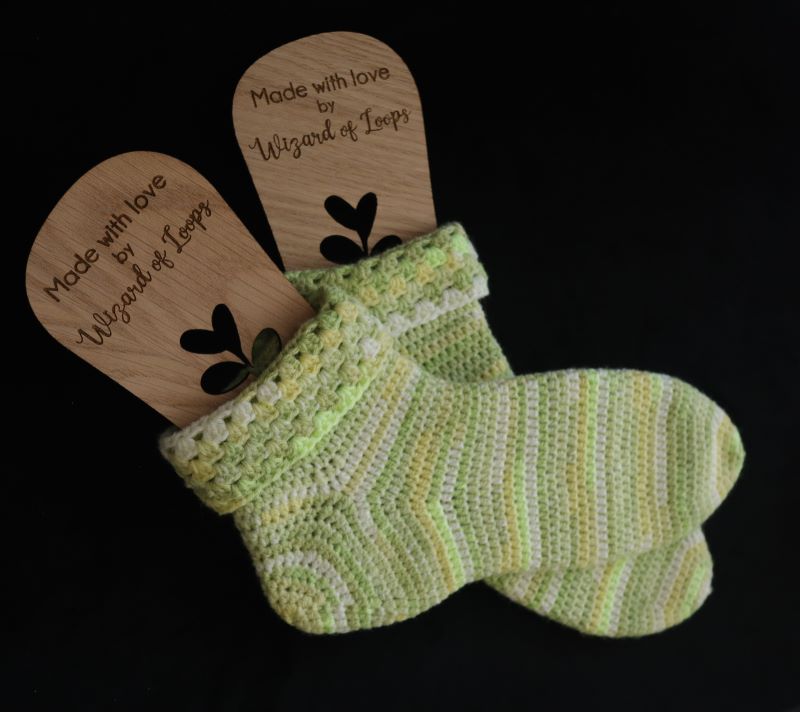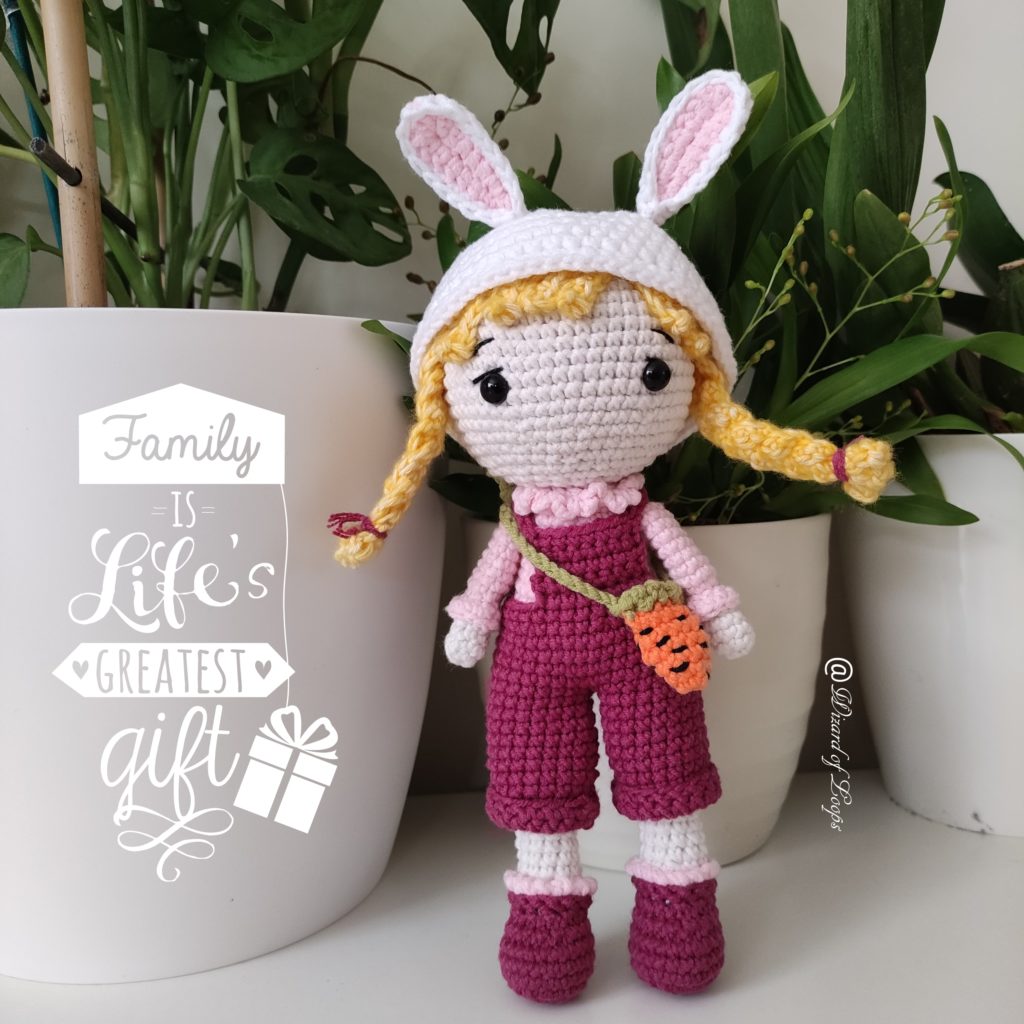Introduction

Crochet, a beloved craft that has been passed down through generations, has a rich and fascinating history that spans centuries. With its roots tracing back to ancient times, crochet has evolved from a practical means of creating clothing and household items to a creative form of art. Its unique method of working with yarn and hook has inspired countless artisans, and today. Crochet continues to flourish as both a traditional craft and a modern hobby. In this journey through the history of crochet, we will explore its origins, cultural significance, and how it has woven its way into the fabric of countless lives.
History of Crochet: Early Origins and Influences
Although there is little concrete evidence of crochet existing before the 1800s, historians speculate that the technique may have evolved from earlier practices such as tambour embroidery or nalbinding. Tambour embroidery, originating in Asia, involved creating chain stitches on fabric using a small hook. Eventually, European artisans adapted this technique by eliminating the fabric foundation and working with the looped stitches directly—essentially giving birth to crochet.
Nalbinding, an ancient form of textile creation dating back to ancient Egypt, also bears some resemblance to crochet. Unlike crochet, however, nalbinding uses a needle rather than a hook and creates denser, more woven-like fabrics. Despite these similarities, crochet as we recognize it today is distinct and developed independently as a unique craft.
19th Century Europe: The Rise of Crochet
Crochet gained widespread popularity in Europe during the early 19th century, particularly in France, Ireland, and Scotland. It became a vital skill for many women who used it as a means of earning income. Irish crochet, renowned for its delicate lace-like appearance, became especially popular during the Great Irish Famine (1845–1849). Women created intricate lace pieces to sell, providing much-needed financial support for their families.
During this period, crochet patterns began appearing in publications, making the craft more accessible to people of all social classes. Queen Victoria herself was known to crochet, and her public endorsement helped elevate the craft’s status. By the mid-19th century, crochet patterns became more diverse, featuring decorative lace, garments, and household items.
20th Century Innovation and Modern Crochet
In the 20th century, crochet continued to evolve, with bold new patterns and techniques emerging. The craft became especially popular during the 1960s and 1970s, when the counterculture movement embraced handmade fashion. Colorful granny square blankets, bohemian tops, and quirky accessories became emblematic of the era.
Advancements in yarn manufacturing also played a significant role in history of crochet. Synthetic fibers like acrylic became more affordable and accessible, allowing crafters to experiment with vibrant colors and textures. Pattern books and magazines continued to flourish, keeping crochet traditions alive while also introducing modern innovations.
Cultural and Regional Variations in Crochet
Irish Crochet Lace (Ireland)
Irish Crochet Lace gained prominence during the Great Irish Famine (1845–1849) as a means of economic survival. Crafted with fine cotton thread and intricate floral motifs, it mimicked the luxurious Venetian needlepoint lace. It made it highly desirable among wealthy European buyers. Women and children learned this craft as a cottage industry, and the patterns were often passed down through generations. The delicate beauty of Irish Crochet Lace remains popular today, both as a historical art form and a modern fashion statement.
Mediterranean Lace-Making Traditions (Italy, Greece, Spain)
Crochet in Mediterranean countries, particularly Italy and Greece, developed alongside lace-making traditions that focused on creating airy, decorative patterns. Filet crochet, which uses open and closed mesh to create intricate designs, became especially popular in these regions. This style was often used to create curtains, tablecloths, and garments, showcasing both skill and artistic expression. In Spain, crochet was also influenced by Moorish textiles, resulting in bold geometric patterns and complex stitch techniques.
Wayuu Mochila Bags (Colombia, Venezuela)
The Wayuu people of Colombia and Venezuela have a long tradition of creating crochet mochila bags, known for their vibrant colors and striking geometric patterns. These bags are not only functional but also carry deep cultural significance, representing symbols of nature, mythology, and community identity. Traditionally, Wayuu women learn the art of crochet from a young age. The skill is passed down from generation to generation.

Amigurumi (Japan)
Although crochet has roots in Europe, Japan embraced and transformed the craft with the creation of amigurumi—the art of crocheting small, stuffed creatures. This technique became popular in Japan during the early 2000s and quickly spread worldwide. Amigurumi is characterized by its rounded, cute, and often whimsical designs, which appeal to both hobbyists and professional artists alike.
Korowai (New Zealand)
In New Zealand, the traditional Māori weaving technique known as Korowai is sometimes combined with crochet techniques to create stunning cloaks and garments. Though traditional korowai are made with natural fibers and feathers, modern adaptations sometimes incorporate crochet elements for decorative or structural purposes. This blending of styles represents a creative evolution of Māori craftsmanship.
African Crochet (Various Countries)
Crochet is practiced across many African countries, often integrated with local textile arts. In some regions, crochet is used to create bold, colorful clothing, headwear, and home décor, with patterns reflecting traditional motifs and storytelling. Additionally, crochet is increasingly used by African artists as a tool for social change, empowerment, and economic growth. It is achieved through craft cooperatives and sustainable fashion initiatives.
History of Crochet: Evolution of Crochet Patterns and Techniques
Early Sharing of Crochet Patterns
In the early days, crochet patterns were primarily shared through word-of-mouth, passed down from generation to generation, or exchanged within local communities. This organic method of sharing allowed the craft to grow. Techniques and designs being taught informally, often through hands-on demonstrations and personal connections.
The Transition from Handwritten to Printed Patterns
As crochet became more popular, the demand for written patterns grew, leading to the rise of printed publications. Magazines and books became essential resources for crocheters, making patterns more widely accessible. This shift from handwritten to printed formats made crochet easier to learn for newcomers. It is also expanded its reach to a broader audience.
The Rise of Digital Crochet Patterns
With the advent of digital technology, crochet patterns transitioned to online formats. Digital patterns, available via websites and downloadable PDFs, allowed crafters to instantly access a vast array of designs. This digital shift further democratized the craft, offering endless inspiration at the fingertips of crocheters around the world.
Emergence of New Crochet Techniques
Alongside the growth of pattern sharing, new techniques began to emerge, enriching the craft. Tunisian crochet, filet crochet, and amigurumi became increasingly popular, each bringing unique textures, styles, and creative possibilities. These innovations continue to shape crochet, allowing modern makers to experiment and push the boundaries of traditional techniques.
History of Crochet: The Digital Age & Crochet
The Internet’s Influence on Crochet
The internet has had a profound impact on the world of crochet, transforming a traditional craft into a thriving, modern art form. While crochet never truly disappeared, its popularity had waned by the late 20th century. However, with the rise of the internet and social media, crochet experienced an extraordinary revival. Websites and forums dedicated to crochet began to appear, providing a space for enthusiasts to share patterns, techniques, and advice. Platforms like Ravelry, launched in 2007, became revolutionary hubs where crocheters and knitters could catalog their projects, discover new patterns, and engage with like-minded crafters. This accessibility broke down barriers that once limited crochet’s reach, allowing it to spread rapidly and attract new audiences.
Social Media and Pattern Sharing
The advent of social media platforms like Instagram, Pinterest, TikTok, and YouTube has further accelerated crochet’s resurgence. Visual platforms, in particular, have allowed crocheters to showcase their work to a global audience. It is sparking new trends and inspiring new generations of makers. Tutorials and pattern walkthroughs have become some of the most popular content within the crochet community. Creators offering everything from beginner-friendly guides to advanced stitch techniques. Additionally, platforms like Etsy and Gumroad have made it easier for independent designers to sell their patterns and products, creating a thriving marketplace for crochet artistry.

The Rise of Independent Designers and Online Communities
Perhaps one of the most exciting developments in history of crochet of the digital age is the empowerment of independent crochet designers. Freed from the limitations of traditional publishing, designers can now build personal brands, attract loyal followings, and monetize their creativity on their own terms. As a result, crochet design has become more diverse and innovative than ever before. Today, creators constantly pushing the boundaries of what crochet can achieve.
At the same time, online communities have flourished, providing invaluable support and inspiration. Facebook groups, Discord servers, and specialized forums have all contributed to creating a strong sense of community among crocheters. These digital spaces allow crafters to exchange feedback, collaborate on projects, and even participate in crochet-alongs (CALs) that connect people from all corners of the globe.
A New Era of Crochet Creativity
The digital age has not only revived crochet but also expanded its possibilities. The fusion of traditional techniques with modern technology has led to new trends such as amigurumi, tapestry crochet, and wearable art, while also fostering more accessible ways to learn the craft. As crochet continues to thrive online, it remains a testament to how creativity, community, and technology can come together to breathe new life into a beloved tradition.
The Future of Crochet
Emerging Trends in Crochet
The future of crochet is filled with exciting trends that are pushing the boundaries of creativity and design. Wearable art is becoming a major focus, with crocheters creating intricate, one-of-a-kind clothing and accessories that showcase the craft in bold, stylish ways. Crochet murals are also gaining popularity, transforming large-scale public spaces into vibrant works of art. These trends reflect crochet’s growing role not only as a personal craft but as a powerful form of artistic expression in contemporary culture.
The Influence of AI-Generated Crochet Designs
As technology continues to evolve, the integration of artificial intelligence into the world of crochet is on the horizon. AI-generated crochet designs are offering new possibilities for innovation, with algorithms able to generate unique patterns based on user preferences and existing designs. This technology has the potential to revolutionize how patterns are created, allowing for an endless stream of creative ideas and patterns to be accessed by crocheters around the world.
Predictions for Creativity and Technology in Crochet
Looking ahead, the future of crochet is likely to see a fusion of traditional techniques with cutting-edge technology. We can expect even more collaboration between crocheters and digital tools, creating patterns and designs that were once thought impossible. 3D printing may even play a role, allowing crocheted pieces to be created in new, unexpected ways. As both creativity and technology continue to advance, crochet is poised to become an even more dynamic and versatile craft, allowing crafters to explore limitless possibilities and redefine what crochet can be.
Conclusion

Crochet has traveled a remarkable journey from its humble beginnings. It evolves over the centuries while maintaining its timeless beauty and appeal. With each generation, new techniques and styles have enriched the craft, leaving behind a legacy of creativity and tradition. From cozy garments to intricate designs, crochet remains an enduring form of artistic expression that continues to capture the hearts of makers around the world. Today, it not only connects us to our cultural history but also inspires new possibilities for the future. Whether you’re an experienced crocheter or just beginning, the history of crochet serves as a reminder of the joy and satisfaction found in creating something with your own hands. As we embrace this craft, we honor its past, celebrate its present, and look forward to the continued evolution of crochet in the years to come.